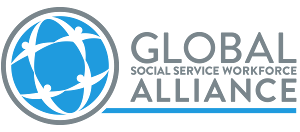Moving Forward: Implementing the Guidelines for the Alternative Care of Children
This handbook has been created to take us even further along the road to embedding children’s rights in alternative care provision. It aims to support implementation of the Guidelines for the Alternative Care of Children by making strong connections between national policy, direct practice and the Guidelines themselves. The handbook discusses setting standards for staffing formal care services and facilities.
